Sydney is one of those cities that gets a lot of TV and Internet publicity. But it is one of those cities where the promotions actually match the reality: a laid-back outdoors lifestyle, people hailing from all four corners of the globe, magnificent harbor and splendid beaches. Bring your surfboard, bring your party gear, but mostly just bring yourself!

Sydney, Australia: History and Heritage
Facing the South Pacific Ocean, Sydney is Australia's largest city. It is famous for its Opera House, Harbour Bridge, beaches and multicultural lifestyle. Here is Sydney's story.
Sydney in the Early Days
Sydney is a relatively young city, having been founded as a British settlement in 1788. For many years it was a penal settlement where the majority of its inhabitants were convicts transported from the other side of the earth.
During this early colonial period some beautiful buildings such as St James' Church (1819-24) and the Hyde Park Barracks (1819) were designed by the transported architect Francis Greenway under the sponsorship of Governor Lachlan Macquarie.
In the 1850s gold was discovered near Bathurst just over the Blue Mountains from Sydney and a gold rush inevitably followed. Tens of thousands arrived in just a few months, all intent on making their fortunes. Most failed and stayed on to work in the factories, shops and offices of the city of Sydney or on farms in the state of New South Wales.
The gold rushes also left behind substantial edifices -- large banks, government offices and hotels which are still standing and which were all constructed using profits from gold and other minerals.
Times were tough for ordinary people as reflected in the poems and short stories of Henry Lawson, long a Sydney resident and author of such masterpieces as "Faces in the Street".
You can still see many of the terrace houses which housed the working classes of the second half of the nineteenth century.
St James' Church, Sydney
Architect: Francis Greenway
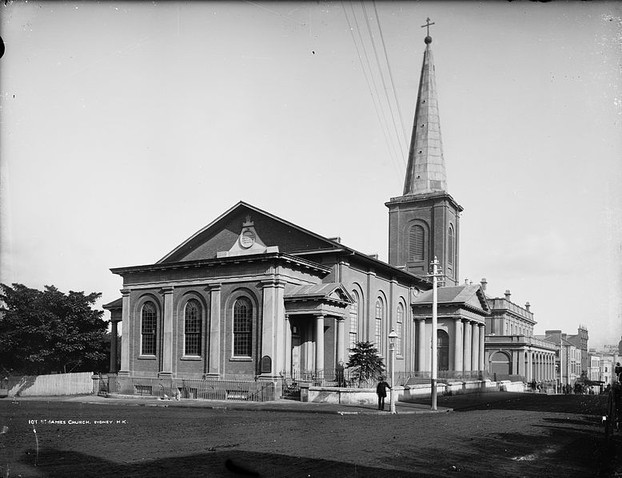 St James' Church, Sydney Powerhouse Museum |
The Great War, the Roaring 20s and the Depression
Wars of the British Empire always seemed to require contributions from the colonies and Sydney sent many soldiers to the various conflicts. The worst of these was to be the First World War (also referred to as the Great War). A whole generation of Sydney's young men sailed overseas for the battlefields of Europe and many never returned.
After the war the Sydney public was determined to throw off the gloom of the war years and the new decade with its jaunty music, dance halls, use of the motor car, and movies became known as the Roaring 20s. Sports such as cricket, rugby union and horse racing were an important part of Sydney's culture.
The public also had a love affair with the sand, sun and sea of Sydney's thirty beaches (such those at as Manly and Bondi) which were conveniently at hand for weekend visits. As early as 1902-03 they had already thrown off restrictions on daylight sea bathing. Surfing became ever more popular.
The Great Depression which began with the Wall Street crash in 1929 brought great unemployment, and poverty to Sydneysiders. The New South Wales Government introduced a number of measures, including public works such the construction of the Sydney Harbour Bridge, to alleviate some of the suffering.
The Arch of Sydney Harbour Bridge Under Construction (c. 1929)
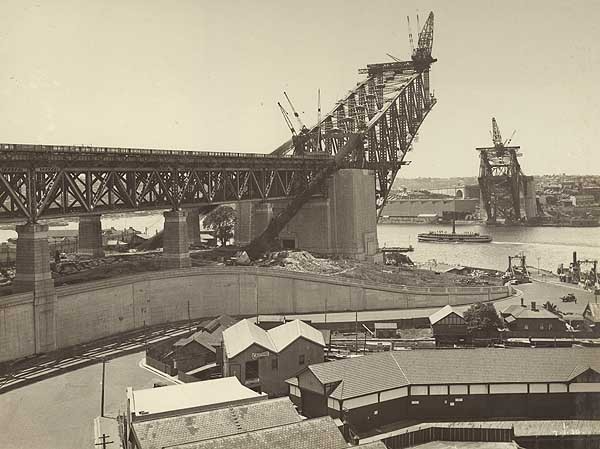 Sydney Harbour Bridge being constructed State Library of NSW |
Sydney Since the Second World War
The Multicultural Experience
Another world war (the Second World War, 1939-45) and thousands of young men and women sailed away to the battlefields of Europe, North Africa and Asia.
Then came the Cold War which lasted until 1989. In this period Sydney (and Australia in general) changed its immigration policies. Before only British were welcomed but now the welcome broadened to include Europeans, especially southern Europeans including Italians and Greeks.
Then from the early 1970s the welcome was widened even more to welcome people from many other parts of the world. As a result millions of Sydneysiders come from countries such as Lebanon, Chile, Vietnam, the Philippines and China and speak languages other than English at home. The old White Australia policy (favoring Anglo-Saxon culture and migrants) had been replaced by multiculturalism.
Visitors to Sydney will enjoy the attractions that the tourist brochures promote -- such as the Sydney Opera House, Sydney Harbour Bridge, Taronga Park Zoo, the Queen Victoria Building, the Australia Museum, the beaches, and the Blue Mountains -- but they would do well to also explore the often forgotten and neglected history of this great city.
Italian Coffee Shops in Norton Street, Leichardt
An Example of Multiculturalism in Modern Sydney
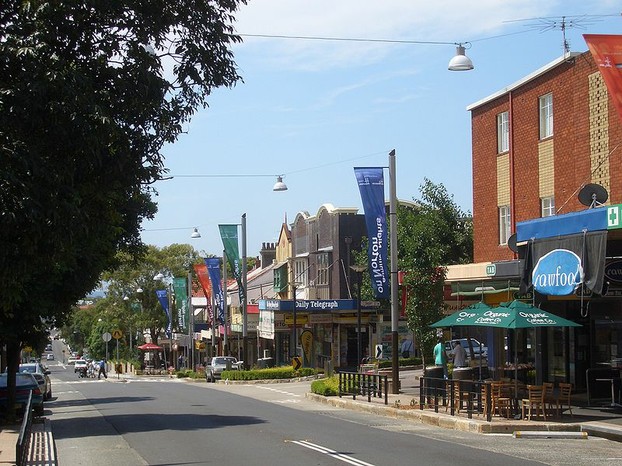 Norton Street, Leichardt J Bar |
Sydney's History and Attractions on the Internet
Museum of Sydney
Colonial and contemporary Sydney explored through objects, pictures and new digital media techniques.
Sydney, NSW
Introduction to the attractions and history of Sydney. Some interesting anecdotes and quotations.
Sydney, Australia
Sydney as it was in the 1880s.
More Travel Articles
You might also like
Blue Mountains, AustraliaThe beautiful Blue Mountains are a little to the west of Sydney, NSW, Austral...
Sydney Harbour BridgeThe Sydney Harbour Bridge has become an iconic Australian landmark since it w...
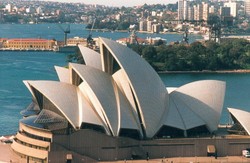











 Ancient Rome: History and Heritageon 02/28/2012
Ancient Rome: History and Heritageon 02/28/2012
 Ancient Greece: History and Heritageon 10/14/2012
Ancient Greece: History and Heritageon 10/14/2012
 Schumann: The Genius Who Composed Scenes From Childhoodon 04/29/2012
Schumann: The Genius Who Composed Scenes From Childhoodon 04/29/2012
 Mahler: The Genius Who Composed the Resurrection Symphonyon 03/04/2012
Mahler: The Genius Who Composed the Resurrection Symphonyon 03/04/2012

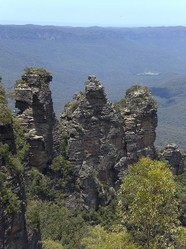
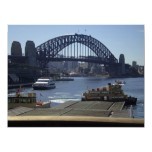
Comments
@AnneDollin: Thanks! The Bridge was a major engineering achievement in its time.
@bizilady: I hope you make it to Australia. I am sure you will find a warm welcome here!
I like to find out new information about other places in the world. Australia is one destination I plan to make one day.
Interesting photo of the Sydney Harbour Bridge under construction!